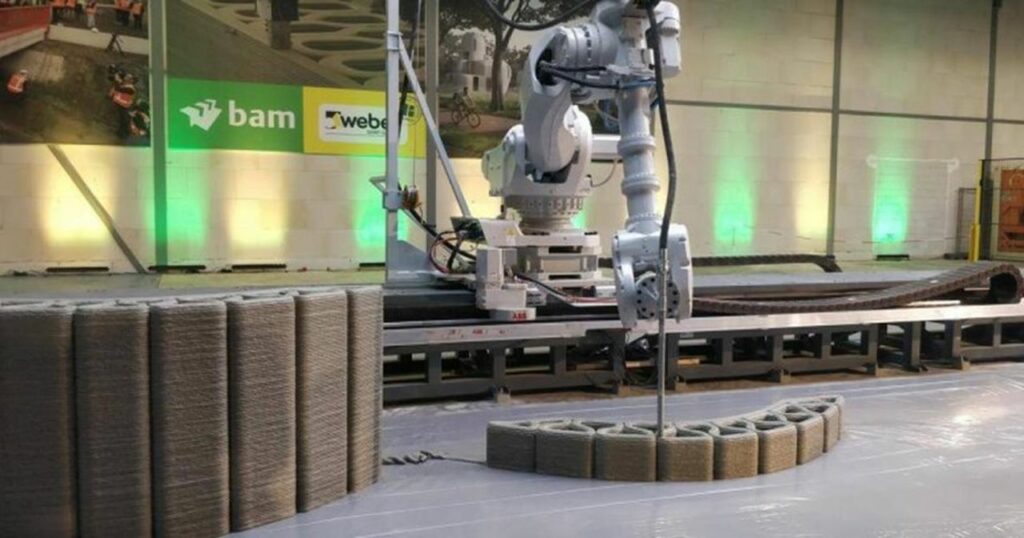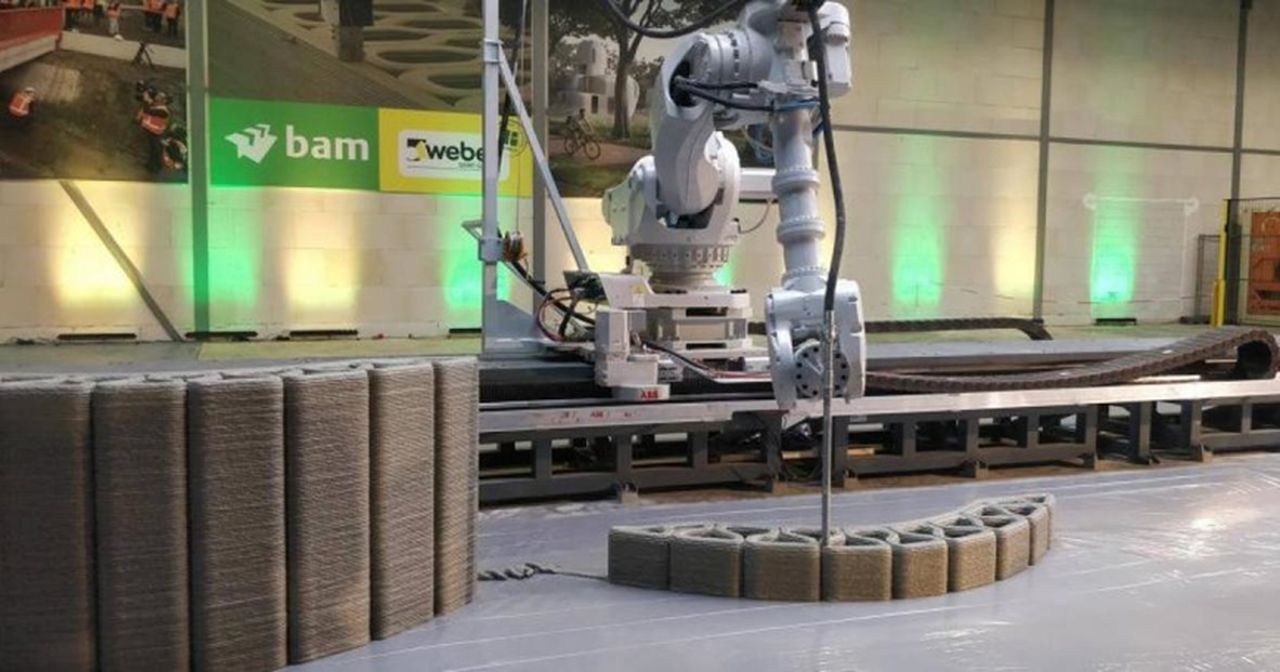
Charles R. Goulding and Preeti Sulibhavi look at how 3D printing technology may affect the future of a large European company.
Saint-Gobain is a French multinational founded in 1665 that employs 166,000 people and has sales of about $44.20 billion Euros.
In a Thursday, May 12, 2022 Financial Times (FT) article, Saint-Gobain’s investor, Bluebell Capital, was mentioned as calling for Saint-Gobain to reshape its business and replace its chair in response to the company’s “underwhelming performance.” According to the FT piece, the group’s share price performance has long lagged behind some of its rivals, including Sika the Swiss chemical company.

Saint-Gobain has glass and plastic segments, which are strong 3D printing categories as we have reported on in previous Fabbaloo articles.
Saint-Gobain is, though, inextricably connected to the rise of 3D printing in construction. In fact, Royal BAM Group nv (BAM) and Saint-Gobain have combined efforts to establish Europe’s first industrial and commercial 3D printing factory for concrete elements.

The partnership allowed the teams to design and develop the longest concrete 3D printed bridge in the world. Both companies are scaling the processes for this technology to be used more effectively.
The Research & Development Tax Credit
The now permanent Research and Development (R&D) Tax Credit is available for companies developing new or improved products, processes and/or software.
3D printing can help boost a company’s R&D Tax Credits. Wages for technical employees creating, testing, and revising 3D printed prototypes can be included as a percentage of eligible time spent for the R&D Tax Credit. Similarly, when used as a method of improving a process, time spent integrating 3D printing hardware and software counts as an eligible activity. Lastly, when used for modeling and preproduction, the costs of filaments consumed during the development process may also be recovered.
Whether it is used for creating and testing prototypes or for final production, 3D printing is a great indicator that R&D Credit eligible activities are taking place. Companies implementing this technology at any point should consider taking advantage of R&D Tax Credits.
Conclusion
With an over 350-year history, Saint-Gobain has faced many challenges. It remains to be seen how this challenge plays out.

